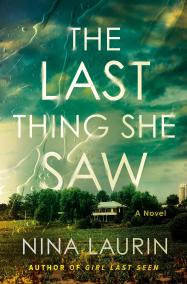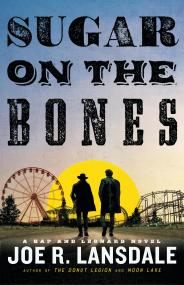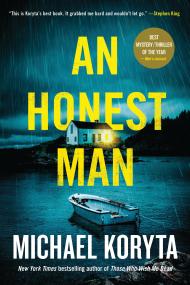Ninth House
Formats and Prices
Format
Format:
ebookThis item is a preorder. Your payment method will be charged immediately, and the product is expected to ship on or around October 8, 2019. This date is subject to change due to shipping delays beyond our control.
Also available from:
“The best fantasy novel I’ve read in years, because it’s about real people… Impossible to put down.” –Stephen King
The smash New York Times bestseller from Leigh Bardugo, a mesmerizing tale of power, privilege, and dark magic set among the Ivy League elite.
Goodreads Choice Award Winner
Locus Finalist
Galaxy “Alex” Stern is the most unlikely member of Yale’s freshman class. Raised in the Los Angeles hinterlands by a hippie mom, Alex dropped out of school early and into a world of shady drug-dealer boyfriends, dead-end jobs, and much, much worse. In fact, by age twenty, she is the sole survivor of a horrific, unsolved multiple homicide. Some might say she’s thrown her life away. But at her hospital bed, Alex is offered a second chance: to attend one of the world’s most prestigious universities on a full ride. What’s the catch, and why her?
Still searching for answers, Alex arrives in New Haven tasked by her mysterious benefactors with monitoring the activities of Yale’s secret societies. Their eight windowless “tombs” are the well-known haunts of the rich and powerful, from high-ranking politicos to Wall Street’s biggest players. But their occult activities are more sinister and more extraordinary than any paranoid imagination might conceive. They tamper with forbidden magic. They raise the dead. And, sometimes, they prey on the living.
Don’t miss the highly-anticipated sequel, Hell Bent.
- On Sale
- Oct 8, 2019
- Page Count
- 448 pages
- Publisher
- Flatiron Books
- ISBN-13
- 9781250313089
By clicking 'Sign Up,' I acknowledge that I have read and agree to Hachette Book Group’s Privacy Policy and Terms of Use




